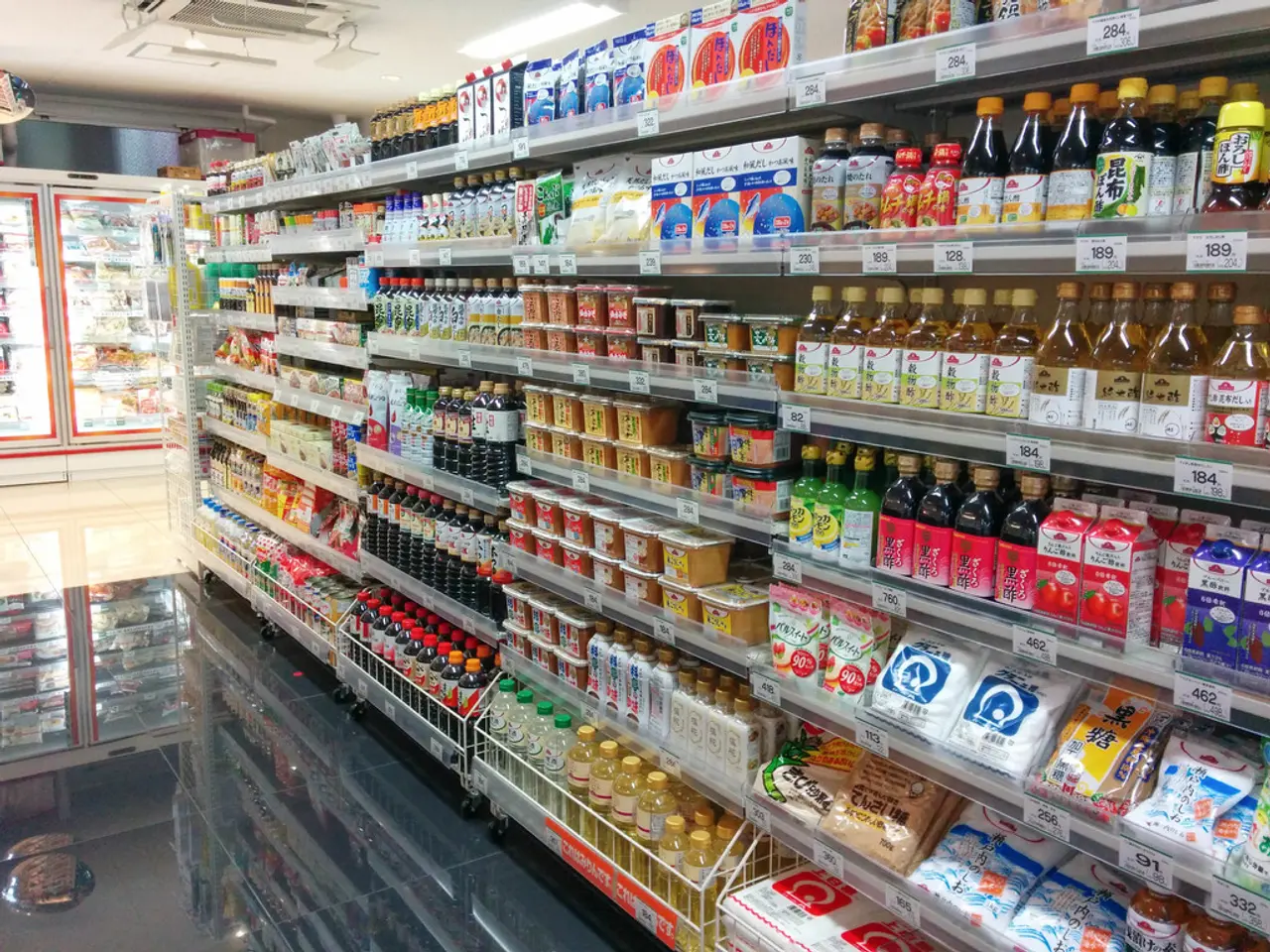Increase in oil production by OPEC+ in an attempt to escalate their market share
The United Arab Emirates is set to see an additional output increase of about 2.5 million barrels per day (mb/d), as OPEC+ continues to phase out its voluntary oil output cuts. This gradual rollback started in April 2025 and aims to fully reinstate the original cuts of 2.2 mb/d by September 2026.
The group, which pumps about half of the world's oil, had been curtailing production for several years to support oil prices. The decision to raise production earlier than planned reflects an improving global oil demand outlook, relatively steady economic conditions, and low oil inventories globally.
In August, OPEC+ agreed to raise oil production by 547,000 barrels per day (kb/d), followed by a similar increase in September. This gradual increase is a full and early reversal of its largest tranche of output cuts.
However, OPEC+ has signaled that these increases could be paused or reversed if market conditions change, showing flexibility in their production strategy. Additional geopolitical tensions, notably the US threat of sanctions on Russian oil imports, also add complexity to market supply dynamics and oil pricing.
The increased production is likely to apply downward pressure on prices, though geopolitical risks and other factors may keep prices around current levels near $70 per barrel. The ongoing easing of OPEC+ cuts partly reflects an attempt to balance supply and demand while managing prices in a complex geopolitical environment.
The group, which includes 10 non-OPEC oil producing countries, most notably Russia and Kazakhstan, will meet again on September 7 to consider reinstating another layer of output cuts totalling around 1.65 mb/d. The next task for OPEC+ will be deciding if and when to unwind the remaining 1.66 mb/d, while navigating geopolitical tension and preserving cohesion.
Amidst these changes, Jorge Leon of Rystad Energy and a former OPEC official stated that OPEC+ has passed the first test by fully reversing its largest cut without crashing prices. Meanwhile, Amrita Sen, co-founder of Energy Aspects, stated that the market structure indicates tight stocks. Giovanni Staunovo of UBS stated that the market has been able to absorb the additional barrels due to stockpiling activity in China.
As the world watches the developments in the global oil market, all eyes will now shift on the Trump decision on Russia this Friday. President Donald Trump has stated that he wants a peace deal with Ukraine by August 8. The decision to increase oil production by OPEC+ was made amid increasing U.S. pressure on India to halt Russian oil purchases.
In summary, OPEC+ is accelerating the reinstatement of previously cut output, with August and September 2025 increases totaling over 1 mb/d so far, aiming to phase out 2.2 mb/d cut by Sept 2026. There remain larger baseline production cuts of 3.66 mb/d still in effect to support prices. This easing is driven by stronger global demand expectations but may be adjusted depending on market and geopolitical conditions. The increased production is likely to apply downward pressure on prices, though geopolitical risks and other factors may keep prices around current levels near $70/barrel. OPEC+ decisions and US-Russia geopolitical factors remain critical factors shaping the global oil market outlook in the near term.
The United Arab Emirates' increased oil production will have significant implications for various sectors, including finance and energy, as lower prices from the oil-and-gas industry could impact investments and profit margins. The shift in OPEC+'s production strategy, driven by complex geopolitical conditions, could also influence the overall stability of the global economy.
Despite OPEC+'s decision to reinstate some of its previously implemented output cuts, the continued easing of production limits may signal a commitment to maintaining balanced supply and demand in the energy industry, thereby impacting both oil-and-gas producers and consumers.





